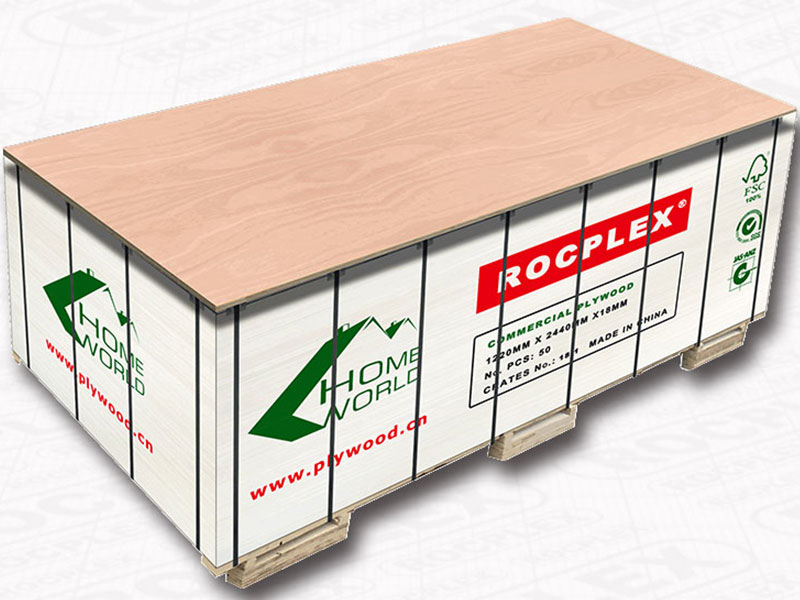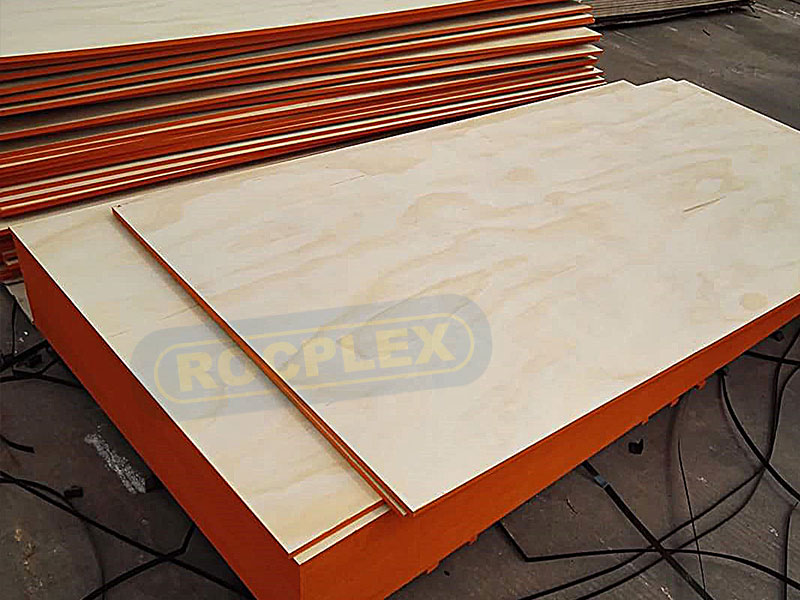The world of construction and building materials is vast, but amidst the plethora of options, Ply wood has carved out its distinctive place. Revered by building material wholesalers and construction sites alike, Ply wood provides a robust and flexible solution that caters to diverse needs.
Understanding Ply wood
Ply wood, in essence, is an engineered wood product. It consists of thin layers, or ‘plies’ of wood veneer glued together with adjacent layers having their wood grain rotated up to 90 degrees to one another. This cross-graining technique enhances strength, flexibility, and resilience to cracking, shrinking, and twisting. Moreover, this design significantly reduces the expansion and contraction rate, making Ply wood an all-weather friend for construction sites.
Why Choose Ply wood?
Now that we have defined Ply wood, let’s delve into why it has emerged as a favourite among building material wholesalers and builders. There are several reasons:
1. Durability: Ply wood offers exceptional strength and durability. It holds screws and nails tightly, resisting wear and tear, making it ideal for structures that require longevity.
2. Versatility: Ply wood‘s flexibility makes it a material of choice for various construction projects, from flooring and roofing to furniture and decorative interior designs.
3. Easy to Work With: Ply wood is straightforward to cut and install, making construction work efficient and swift. Its lightweight nature further facilitates ease of handling and transport.
Each of these advantages contributes to Ply wood‘s widespread preference in the industry, a trend reflected in the habits of building material wholesalers and construction sites. In the next section, we’ll explore some practical applications of Ply wood.
Applications of Ply wood in Construction
Ply wood’s exceptional characteristics make it a versatile choice for various applications in construction. Here’s how:
1. Roofing: Ply wood is commonly used in roofing due to its high strength and resistance to moisture. It provides a sturdy base for roofing shingles and significantly improves the roof’s durability.
2. Flooring: Thanks to its dimensional stability, Ply wood is an excellent material for flooring. Its ability to withstand heavy loads without bending or breaking makes it a popular choice for construction sites.
3. Walls and Ceilings: Ply wood panels provide an attractive, durable option for walls and ceilings. They are easy to install and maintain, providing an efficient solution for building interiors.
4. Furniture: Ply wood‘s flexibility and strength make it an ideal material for furniture construction. It is commonly used in making cabinets, shelves, and tables, among other pieces.
Ply wood has an extensive array of applications, which are a testament to its versatility and durability. It’s a cost-effective, reliable solution that caters to various construction needs.
How to Choose the Right Ply wood?
When choosing Ply wood, several factors come into play. Here are a few essential ones:
1. Ply wood Grades: Ply wood comes in several grades, each suited to different uses. A-grade Ply wood is smooth and can be easily painted, making it ideal for visible surfaces. B-grade Ply wood, although slightly less smooth, is also suitable for painting. C and D grade Ply wood are rougher and typically used for structural purposes where aesthetics are not a primary concern.
2. Thickness: Ply wood thickness varies depending on its intended use. Thicker Ply wood provides more strength, making it ideal for flooring and roofing, while thinner sheets might be more suitable for decorative interior work.
3. Type of Veneer: The type of veneer used can impact the Ply wood‘s durability and appearance. Hardwood veneers like oak, maple, and birch offer more durability and a beautiful grain pattern, making them suitable for visible surfaces.
Choosing the right Ply wood involves understanding its grades, thickness, and veneer types. With the correct knowledge, both building material wholesalers and construction sites can make informed decisions that ensure their construction projects’ success.
Maintenance and Sustainability of Ply wood
Maintenance and sustainability are crucial aspects of any building material, and Ply wood is no exception. Here’s what you need to know:
1. Maintenance: Ply wood is generally low-maintenance. However, for longer durability, Ply wood, especially when used outdoors, should be painted or stained to protect it from moisture and UV rays. Regular inspections for any sign of damage, especially rot or pests, is also essential.
2. Sustainability: Ply wood is a more eco-friendly choice compared to many other construction materials. The process of making Ply wood utilizes almost all parts of a log, making it a highly efficient use of wood. Plus, Ply wood can often be sourced from sustainably managed forests, contributing to environmental conservation.
3. Recycling and Upcycling: Old and used Ply wood can often be recycled or upcycled into new products, reducing waste and contributing to a circular economy.
Taking care of your Ply wood and understanding its sustainability implications can greatly improve your construction project’s life span and ecological impact.
Ply wood: The Builder’s Unparalleled Choice
Ply wood, as a versatile, durable, and sustainable material, holds a significant place in the construction industry. From its numerous applications to maintenance and sustainability, understanding the unique characteristics of Ply wood is crucial for wholesalers and construction sites alike. Given the right knowledge and usage, Ply wood can truly elevate the quality of any construction project.
Post time: Jul-28-2023

